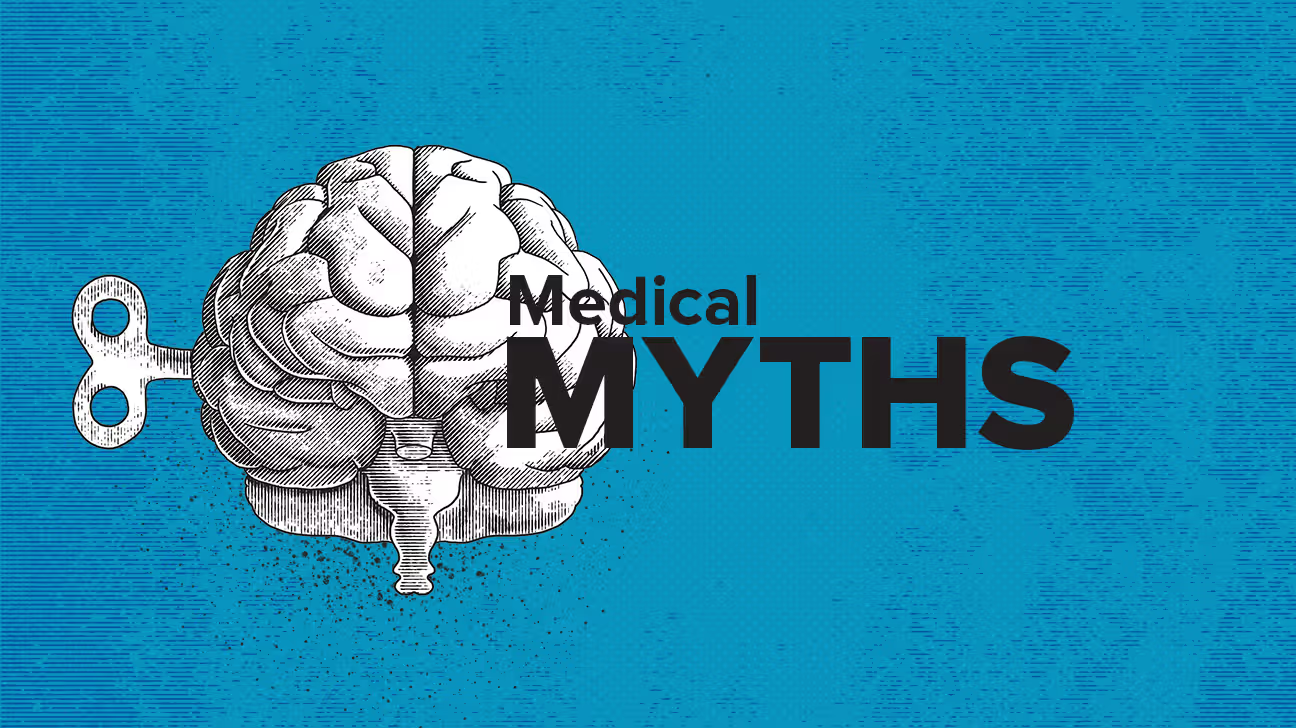Posture plays a crucial role in overall well-being, affecting everything from spinal health to mood, energy levels, and even self-confidence. Poor posture can lead to muscle imbalances, pain, and long-term issues like spinal misalignment and chronic discomfort. Conversely, good posture promotes a healthier lifestyle by supporting optimal body function and reducing the risk of injury.
Incorporating posture-improving exercises into your daily routine not only aligns your body correctly but also brings numerous benefits for both your physical and mental health. In this article, we’ll discuss some key exercises that can help improve posture and explain how they can contribute to a healthier lifestyle.
1. Chin Tucks
How It Helps: The chin tuck exercise is one of the simplest yet most effective ways to correct a forward head posture. It strengthens the muscles at the front of the neck while lengthening the muscles at the back of the neck.
How to Perform:
- Sit or stand with your back straight.
- Gently tuck your chin towards your chest, creating a double chin.
- Hold the position for 5 seconds, then release.
- Repeat 10 times.
Link to Healthy Lifestyle: Chin tucks improve head and neck alignment, reducing strain on the spine and helping to prevent neck pain, headaches, and tension, all of which contribute to a healthier, pain-free life.
2. Cat-Cow Stretch
How It Helps: The cat-cow stretch is a yoga-inspired movement that increases flexibility in the spine, strengthens the core, and helps alleviate tension in the lower back. It’s excellent for maintaining a healthy posture, as it encourages mobility in the spine and proper alignment.
How to Perform:
- Start on your hands and knees in a tabletop position.
- Inhale and arch your back, lifting your head and tailbone towards the ceiling (cow pose).
- Exhale and round your spine, tucking your chin and pelvis (cat pose).
- Repeat the sequence 10-15 times.
Link to Healthy Lifestyle: By regularly practicing this stretch, you can relieve stress in the back and neck while improving overall body awareness. This can reduce back pain caused by prolonged sitting and promote a flexible, healthy spine.
3. Shoulder Blade Squeeze
How It Helps: Many people suffer from rounded shoulders due to prolonged desk work or sitting. The shoulder blade squeeze exercise helps counteract this by strengthening the muscles between the shoulder blades (rhomboids), which are key to maintaining an upright posture.
How to Perform:
- Sit or stand with your arms at your sides.
- Squeeze your shoulder blades together as if you’re trying to pinch a pencil between them.
- Hold the squeeze for 5 seconds, then relax.
- Repeat 10 times.
Link to Healthy Lifestyle: Strengthening your upper back and shoulders can help reduce slouching and prevent the common discomforts associated with poor posture. A well-aligned upper body also improves breathing capacity and circulation, both of which are vital for a healthy, active lifestyle.
4. Planks
How It Helps: Planks engage multiple muscle groups, including the core, shoulders, and back. By strengthening the core, planks help support proper spinal alignment, reducing the likelihood of lower back pain and promoting better posture.
How to Perform:
- Start by lying face down on the ground.
- Prop yourself up on your forearms and toes, keeping your body in a straight line from head to heels.
- Hold this position for 20-30 seconds, gradually increasing the duration as your strength improves.
- Repeat 2-3 times.
Link to Healthy Lifestyle: A strong core is essential for posture because it stabilizes the spine and helps you maintain balance. Regularly incorporating planks into your routine will lead to better body alignment and core strength, promoting overall fitness and a reduced risk of injury in daily activities.
5. Wall Angels
How It Helps: Wall angels help strengthen the muscles of the upper back and shoulders while improving flexibility in the chest. This exercise counteracts the effects of slumping by opening up the chest and encouraging an upright posture.
How to Perform:
- Stand with your back against a wall, feet a few inches away from the wall.
- Press your lower back, shoulders, and head into the wall.
- Raise your arms up to shoulder height, bending your elbows so that your upper arms form a “W” shape.
- Slowly extend your arms overhead into a “Y” shape, keeping your back pressed against the wall.
- Lower back to the “W” shape and repeat 10-15 times.
Link to Healthy Lifestyle: Wall angels promote mobility in the shoulders and upper back, reducing the strain caused by poor posture. This improved flexibility and strength helps prevent shoulder and back pain, contributing to a more active, pain-free life.
6. Bridge Pose
How It Helps: The bridge pose targets the glutes, hamstrings, and lower back, which are essential for pelvic alignment and posture. It also stretches the hip flexors, which can become tight from prolonged sitting, causing a forward-tilting pelvis and poor posture.
How to Perform:
- Lie on your back with your knees bent and feet flat on the floor, hip-width apart.
- Press your heels into the ground and lift your hips toward the ceiling, forming a straight line from shoulders to knees.
- Hold for 5-10 seconds, then lower your hips back down.
- Repeat 10-12 times.
Link to Healthy Lifestyle: Bridge pose helps maintain good posture by balancing muscle strength and flexibility in the lower body. It also alleviates lower back pain and promotes proper hip alignment, which is essential for comfortable movement throughout the day.
7. Chest Opener Stretch
How It Helps: This stretch is designed to counteract the forward-hunching posture that comes from spending too much time at a desk or looking at screens. It opens up the chest, lengthens the front of the body, and strengthens the muscles of the upper back.
How to Perform:
- Stand with your feet shoulder-width apart.
- Clasp your hands behind your back and straighten your arms.
- Lift your arms slightly while opening your chest, and hold the position for 20-30 seconds.
- Repeat 3 times.
Link to Healthy Lifestyle: Stretching the chest improves posture by reducing slouching and opening up the chest cavity, which in turn enhances lung capacity and breathing. This can lead to better energy levels and focus, contributing to a more productive and active lifestyle.
The Connection Between Posture and a Healthy Lifestyle
Good posture is closely linked to a healthy lifestyle in multiple ways. Here’s how:
- Reduced Risk of Injury: Poor posture puts unnecessary strain on muscles and joints, increasing the risk of pain and injury. By improving posture, these exercises help align the body and reduce the likelihood of muscle strains, tension, and spinal problems.
- Better Breathing: Slouching or forward head posture restricts lung capacity, making it harder to breathe deeply. Correcting posture opens up the chest and diaphragm, allowing for full, efficient breathing, which is essential for cardiovascular health and energy levels.
- Enhanced Mobility and Flexibility: Posture-improving exercises often focus on mobility in the spine, shoulders, and hips, which are key areas that tighten up due to poor posture. Increased flexibility enhances overall movement, making it easier to perform daily tasks and engage in physical activity.
- Improved Mental Health: Studies have shown that good posture is linked to better mental well-being. Standing tall can boost confidence, reduce stress, and improve mood, all of which contribute to a healthier, more balanced life.
Conclusion
Improving your posture through targeted exercises not only helps you look more confident and feel better but also promotes a healthier, more active lifestyle. Incorporating simple exercises like chin tucks, planks, and wall angels into your routine can strengthen the muscles needed for optimal posture, reduce pain, and improve overall physical and mental well-being.




